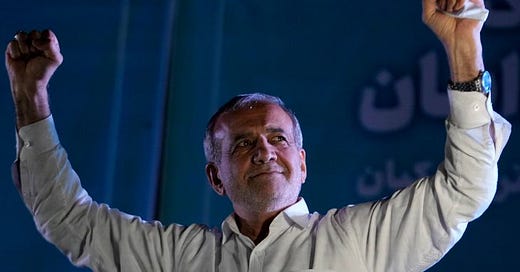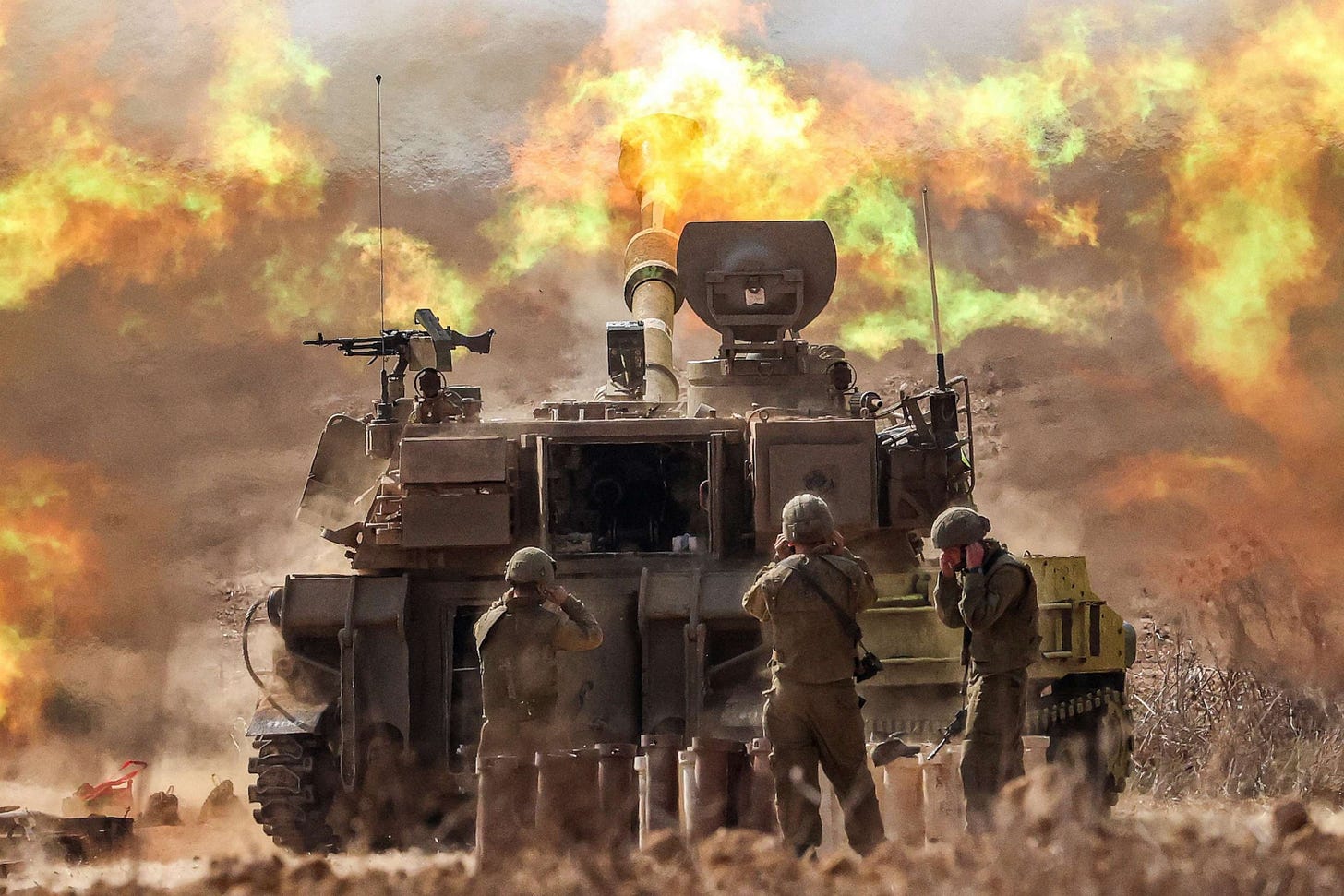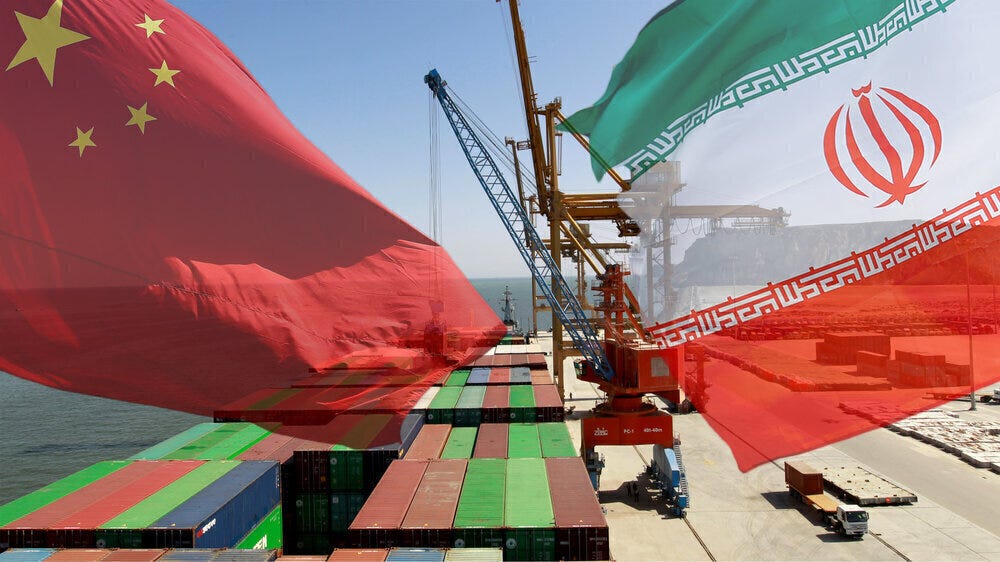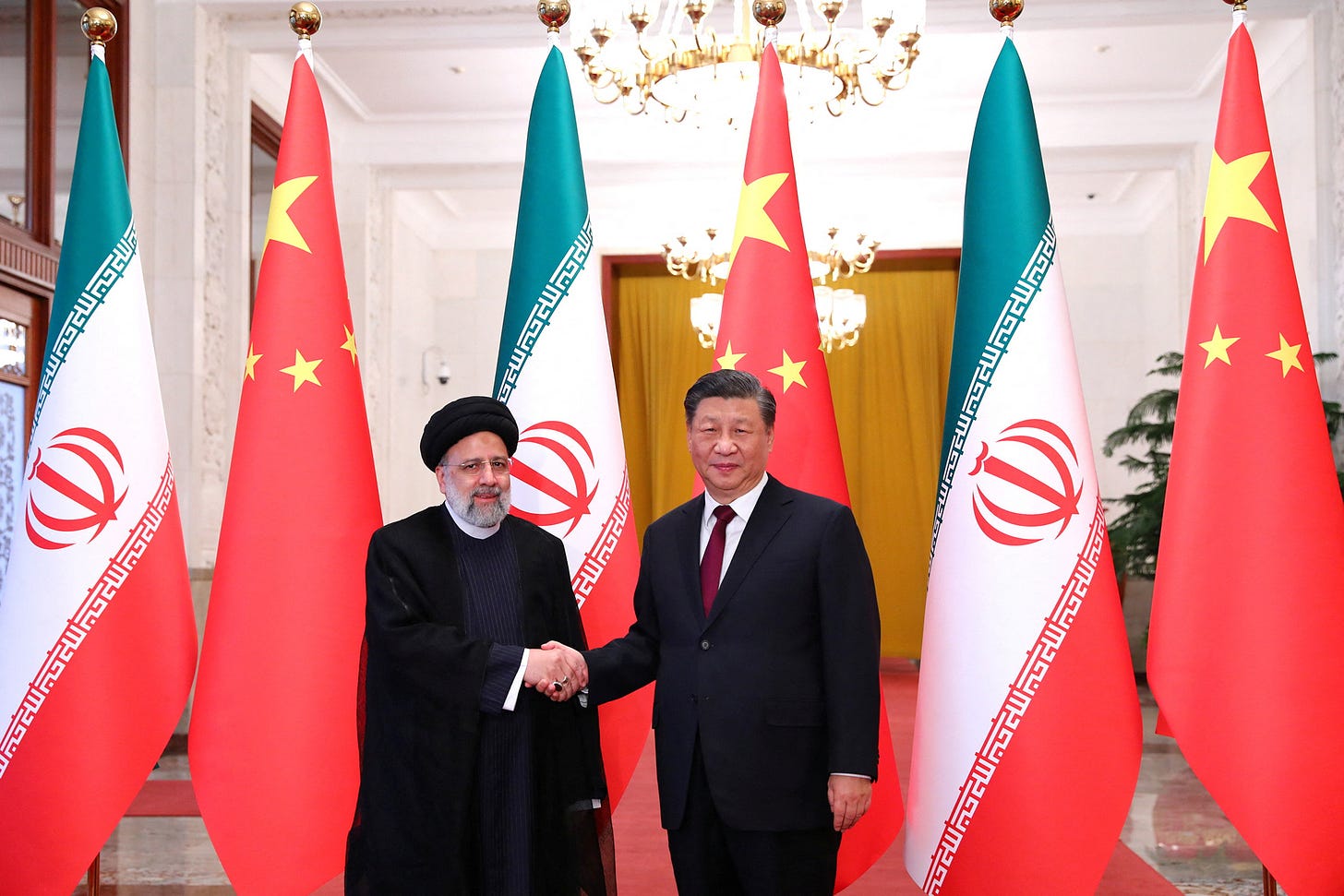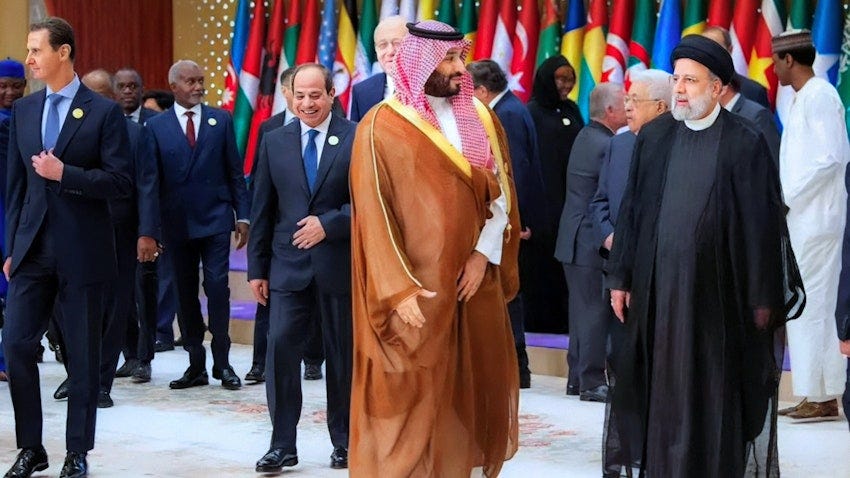Iran's New President: Implications for USA, China, Russia, Saudi Arabia and India
In the Iranian presidential election that was held on 5th July, centrist candidate Masoud Pezeshkian claimed victory, marking a significant shift in the country’s political landscape.
Election Results: A Shift Towards Moderation
In the Iranian presidential runoff election held on July 5th, centrist candidate Masoud Pezeshkian emerged victorious, signifying a notable shift in the country’s political landscape. Pezeshkian secured 16.3 million votes, outpacing his opponent, the hardline conservative Saeed Jalili, who received 13.5 million votes. Voter turnout for the runoff reached 49.8%, a significant increase from the 40% recorded in the initial round, indicating a heightened public interest in the electoral process. A seasoned heart surgeon and veteran parliamentarian aligned with moderate and reformist factions, Pezeshkian has committed to new policies, including his criticism of Iran's morality police, which he described as "immoral."
Despite his election following the tragic death of the former President Ebrahim Raisi in a helicopter crash on May 13, the Supreme Leader, Ayatollah Ali Khamenei, retains ultimate authority, with the President functioning more as an executive within the government rather than its head in the full sense of the term.
Key Issues and Candidate Stances
Nuclear Issue and Relations with the West
During the debates, Pezeshkian advocated for re-engagement with Western powers to revive the 2015 nuclear deal, aiming to end Iran's global isolation. In contrast, Jalili remained staunchly opposed, accusing Pezeshkian of willingness to make unwarranted concessions to the West.
Economic Strategies and Sanctions
The economic discourse was prominently featured, with Pezeshkian pushing for global engagement to alleviate economic strains, while Jalili focused on countering sanctions more aggressively, blaming past administrations for economic woes.
Analyzing the Electoral Process
Iran's Runoff Presidential Election Dynamics
The runoff election was necessitated after no candidate achieved a majority in the first round. The matchup between Pezeshkian and Jalili highlighted a stark contrast in policy and approach, with Pezeshkian's moderate stance resonating more with the electorate, reflected in his victory.
The Role of the Guardian Council
The selection process underscored the powerful role of the Guardian Council, which vetted and approved only six candidates from a pool of eighty, showcasing the restrictive nature of electoral candidacies in Iran, including the prohibition of female candidates.
Geo-Political Tensions from American and Israeli Perspectives
American Concerns and the Role of Iran
The U.S. is deeply concerned about the escalating conflict between Israel and Hamas, and the rising tensions with Hezbollah, both of which are significantly influenced by Iran's involvement, whether directly or indirectly, its sanctions notwithstanding. Iran's support for Hezbollah and its relationship with Hamas highlight the potential for a broader regional conflict that could extend beyond Lebanon. The American strategy aims to bolster the Lebanese Armed Forces as a counterweight to Hezbollah and to push for diplomatic resolutions, such as advocating for a ceasefire in Gaza. However, internal U.S. opinion is divided, with some criticizing the strong support for Israel, illustrating the complex dynamics that the Biden administration must navigate to avoid deeper involvement in the region.
Israeli Security Priorities and Iran's Influence
For Israel, the immediate and severe threats posed by Hamas and Hezbollah, both receiving support from Iran, necessitate robust military and strategic responses. The attack by Hamas in October has intensified Israeli security measures aimed at significantly weakening Hamas's military capabilities. At the same time, Israel is concerned about Hezbollah’s expanding arsenal, believed to be supported by Iran, prompting preparations for potential wider conflicts. These pressures compel Prime Minister Netanyahu to adopt an aggressive posture, supported by U.S. aid, amidst internal and external policy tensions. Both the U.S. and Israel strive to stabilize the situation, facing the challenge of balancing military actions with diplomatic efforts to ensure long-term regional security, with Iran's involvement adding a layer of complexity to these efforts.
Strategic Alliances: Iran's Partnerships with China and Russia
Iran-China Axis
Iran's strategic partnerships with China and Russia are pivotal in its geopolitical and economic maneuvers, aimed at counterbalancing Western influence and sanctions. The Iran-China collaboration, particularly in the energy sector, has seen Iran export an average of 1.56 million barrels of crude oil daily in the first quarter of 2024, primarily to China, reaching a six-year high. It may be noted that China, unlike India, does not pay any heed to the US sanctions against Iran. This robust trade relationship was further solidified by a 25-year cooperation agreement signed in 2021, underscoring a long-term commitment despite occasional political tensions, such as disagreements over territorial claims.
Iran-Russia Ties
Concurrently, Iran's military and economic ties with Russia have deepened significantly. Key developments include the supply of military equipment and technology, such as drones and potentially ballistic missiles, to Russia. Additionally, both nations are co-producing military drones and discussing advanced defense systems, which highlight the strategic military collaboration. Economically, the two countries are exploring ways to bypass Western sanctions, including a free trade agreement and a forthcoming 20-year bilateral cooperation pact, signaling a commitment to strengthen economic and political ties in the face of international pressures.
These partnerships not only enhance Iran's strategic capabilities but also reflect a shifting global alliance system, with Iran positioning itself alongside significant Eastern powers to secure its interests against Western sanctions and political isolation.
Revitalizing Iran-Saudi Relations with China's Mediation
In a significant diplomatic development facilitated by China, Iran and Saudi Arabia restored diplomatic relations in March 2023 after a seven-year hiatus. This restoration was marked by a comprehensive agreement that included the reopening of embassies and diplomatic missions, reactivation of a security cooperation agreement from 2001, and a revival of trade and cultural ties. This deal, brokered during a period of heightened regional tensions, represents a major diplomatic success for China, showcasing its growing influence in the Middle East and its capability to act as a mediator on the global stage.
The reopening of embassies in Riyadh and Tehran and the exchange of ambassadors in September 2023 were pivotal moves that cemented the formal restoration of ties. Further, Iranian President Ebrahim Raisi's visit to Saudi Arabia in November 2023—the first of its kind in 11 years—underscored the commitment to rebuild relations.
Despite significant progress, the reconciliation between Iran and Saudi Arabia faces deep-rooted challenges due to long-standing ideological and geopolitical rivalries. These include their differing religious affiliations—Iran being Shia-majority and Saudi Arabia Sunni-majority—and their support for opposing factions in regional conflicts across Yemen, Syria, Lebanon, and Iraq. Cultural and political sensitivities further complicate relations, particularly disputes over sensitive imagery and commemorations. While the agreement marks a critical step towards negotiation and compromise, achieving a deeper and sustainable reconciliation requires ongoing diplomatic engagement and mutual concessions. Economic cooperation could serve as a catalyst for long-term peace and stability, showing promise in the commitment of both nations to engage in dialogue and address their differences. However, the journey toward full normalization of ties remains complex and potentially fraught with setbacks.
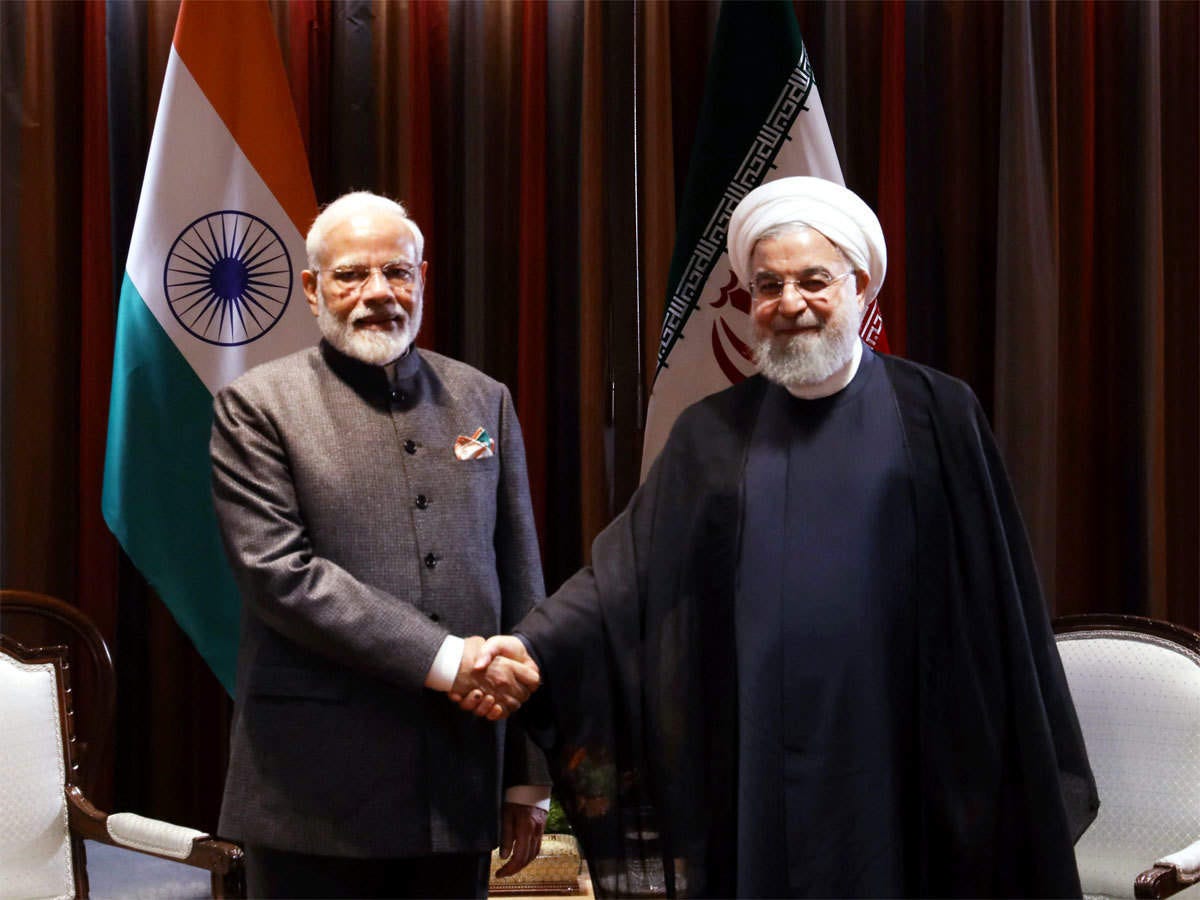
Strengthening India-Iran Relations: The Road Ahead
The recent developments in India-Iran relations underscore a nuanced approach toward deepening bilateral ties amid geopolitical challenges. The strategic collaboration on the Chabahar Port signifies a major commitment, with India investing $120 million and extending an additional $250 million line of credit for infrastructure projects. This port serves as a crucial conduit for trade with Afghanistan and Central Asian nations, providing a strategic counterbalance to China’s Gwadar Port. Despite the potential, U.S. sanctions on Iran pose significant hurdles, causing hesitance among Indian private sector entities regarding engagement with the port.
In the domain of energy, the dynamics have shifted dramatically since U.S. sanctions disrupted India’s oil imports from Iran, once the third-largest supplier. India’s tentative plans to resume oil imports from Iran in early 2024 have been stalled by regional tensions, pushing India to seek alternatives in Iraq and Saudi Arabia, apart from ramping up its imports from the ever-reliable Russia. However, some Iranian oil continues to reach India, albeit discreetly labeled as Malaysian, as per some news outlets.
PM Modi Felicitates Iran’s New President
The political landscape saw a promising shift with the election of Masoud Pezeshkian, a reformist, as Iran’s president. Indian Prime Minister Narendra Modi’s congratulatory message to President Pezeshkian not only reaffirms a commitment to strengthening bilateral relations but also hints at potential easing of diplomatic and economic engagements. Although significant shifts in Iran’s foreign policy remain uncertain due to the prevailing influence of conservative hardliners and the Supreme Leader, Pezeshkian’s presidency could herald a period of enhanced dialogue and cooperation between India and Iran. This evolving partnership holds the promise of fostering greater economic opportunities and cultural exchanges, contingent on the geopolitical climate and internal developments within Iran.
Future Outlook and Implications
Prospects for Policy Shifts
While Pezeshkian's win suggests a potential shift towards more moderate policies, the overarching authority of Supreme Leader Ayatollah Ali Khamenei means substantial changes, particularly in foreign policy, remain uncertain. Nonetheless, this election outcome injects a cautious optimism about Iran's political direction, hinting at a possible easing of internal and external tensions.
Strategic Considerations
This electoral result may influence Iran's engagement strategy with the West and potentially moderate its regional posture. However, the true extent of change will depend on the interplay between the newly elected president and the entrenched conservative elements within Iran's political system.
Looking Head— India Outlook
Pezeshkian's electoral victory represents a significant turning point for Iran, showcasing the public's desire for reform and greater engagement on the global stage. This pivotal moment could herald a new era in Iranian politics, characterized by a gradual evolution both domestically and internationally. Notably, this shift could enhance Iran's relationships, particularly with countries like India. Despite current constraints in engagement due to U.S. sanctions, the historical and cultural ties between India and Iran run deep, underscored by the use of the Persian script in Urdu, a popular language in India, which, while its grammar is more akin to Hindi and Hindustani, reflects their shared heritage. As Iran embarks on this transformative journey, its approach to international diplomacy and internal reforms will be crucial in determining its trajectory, potentially reinvigorating collaborative endeavors and strategic partnerships with nations such as India.
If you believe this article would interest someone you know, please feel free to share it anonymously (for us), using any platform that you prefer.

